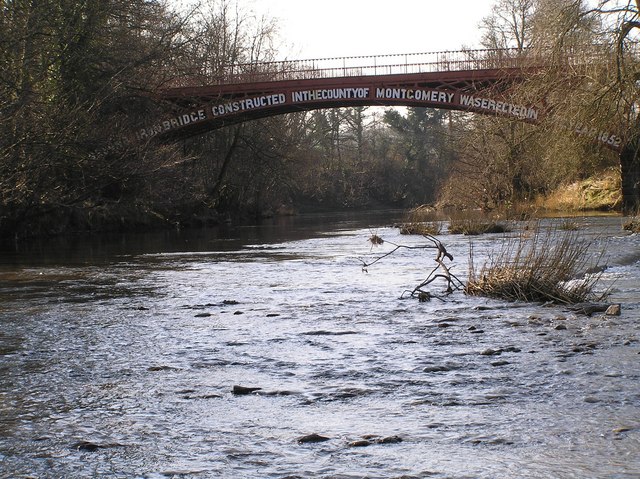Nestled in the picturesque landscape of Powys, Wales, Brynderwen Bridge stands as a testament to the region’s rich history and engineering heritage. This modest yet historically significant bridge has served as an important crossing point and a symbol of local connectivity for centuries.
Historical Background
Brynderwen Bridge is located in the rural heartland of Powys, a county known for its rolling hills, lush valleys, and numerous waterways. The bridge spans a small river or stream, providing an essential crossing that facilitated travel and trade among local communities.
The origins of Brynderwen Bridge trace back to the 18th or early 19th century, a period marked by infrastructural development across Wales. During this era, many stone bridges were constructed to replace older wooden structures or fords, which were often unreliable and hazardous. Brynderwen Bridge was likely built using locally sourced stone, showcasing the traditional masonry techniques characteristic of Welsh bridge construction.
Architectural Features
Brynderwen Bridge exemplifies the classic stone arch design common in rural Welsh bridges. The single or multiple arches of the bridge allow for the smooth passage of water beneath while supporting foot and cart traffic above. The craftsmanship reflects the skill of local stonemasons, with carefully cut and placed stones forming a durable and aesthetically pleasing structure.
The bridge’s modest scale blends harmoniously with the surrounding environment, emphasizing function over grandeur. Yet, its enduring presence highlights the importance of such infrastructure in rural communities, where bridges were vital to economic and social life.
Role in Local Development
Historically, Brynderwen Bridge played a crucial role in connecting farms, villages, and market towns within Powys. By facilitating the movement of goods, livestock, and people, the bridge contributed to the agricultural and commercial development of the area.
The bridge also served as a key route for local residents traveling to churches, schools, and neighboring parishes. Its reliability and resilience helped maintain these essential connections through changing times, including periods of economic challenge and social transformation.
Preservation and Legacy
Today, Brynderwen Bridge remains an important cultural and historical asset. Efforts to preserve such structures are vital in maintaining the architectural heritage and rural character of Powys. The bridge stands not only as a functional crossing but also as a symbol of the enduring relationship between communities and their landscape.
Visitors to the area can appreciate the bridge both for its historical significance and its scenic setting, which embodies the timeless beauty of the Welsh countryside.
Discover more from TheHubBuzz.com
Subscribe to get the latest posts sent to your email.

